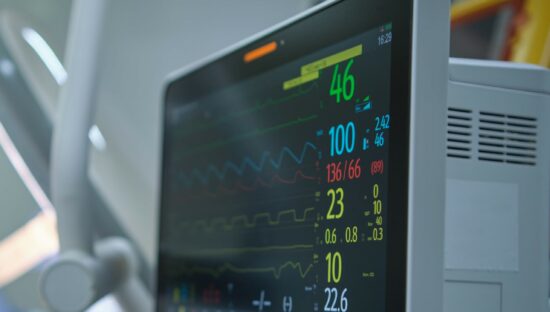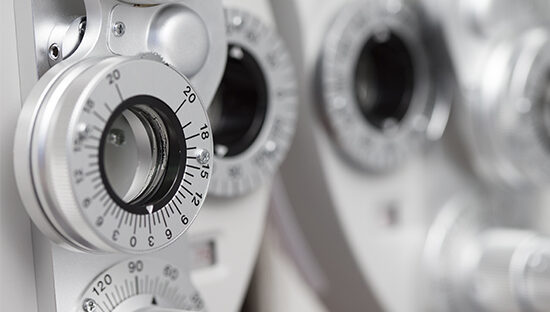
What is post-market surveillance?
According to the EU 2017/745 Medical Device Regulation (MDR), post-market surveillance (PMS) is defined as all activities manufacturers must carry out to keep up to date a procedure for proactively collecting and reviewing evidence gained from a medical device. This includes devices they place on the market, make available to the market, or put into service for the purpose of identifying any need to immediately make changes to a device. This should also form part of the quality management system implemented by the manufacturer to ensure the quality of processes, procedures, and devices to achieve and maintain compliance with the provisions of the MDR.
The purpose of implementing a PMS system is to identify risks, not previously known, and opportunities for improvement in a timely fashion. This aims to ensure the continued safety of the medical device with accurately updated benefit-risk assessments, the monitoring of performance of the device and initiate recalls, where necessary.

Understanding the post-market surveillance process
The PMS system implemented by the manufacturer should follow a similar “process approach” most management systems are often based on: “plan, do, check, act” which is also known as the PDCA cycle. This recursive and rigorous 4 step approach allows companies to maximise the control and continuously improve both processes and products.
The first step is for manufacturers to create a PMS plan for each medical device in line with Annex III of the MDR. As part of this plan, the manufacturer should cover the process for establishing, documenting, implementing, maintaining, and updating a post-market surveillance system, taking into consideration the risk classification of the device. The system should be designed to ensure that throughout the life cycle of the device, relevant data can be actively and systematically gathered, recorded, and analysed.
Once the plan has been established, ensuring that all the requirements have been met, the manufacturer can start to implement the plan (the “do” stage of the PDCA cycle). The plan should allow for a combination of both ‘proactive’ (anticipating events before they occur) and ‘reactive’ (responding after an event) activities to collect data. For example, processes which can be undertaken to be proactive include customer surveys, post-market clinical follow up, expert user groups, field safety notices and adverse event reports. On the other hand, the management system should allow for reactive reporting from feedback including complaints, maintenance/service reports, monitoring and measuring analysis or literature reviews (which may form part of the devices’ clinical evaluation).
The results from this should be able to provide the data for the “check” step within the cycle. Manufacturers should be able to perform root cause analysis to derive the necessary conclusions to determine and monitor the possible changes or improvements that can be made. This then leads to the final step “act” where any corrective or preventive actions are implemented.
In addition to this process, manufacturers must produce a PMS report or periodic safety update report (PSUR) depending on the class of the device. Manufacturers of class I medical devices must prepare a PMS report which should present results and conclusions as a result of data gathered from the PMS plan, alongside rationale and description of any preventive and corrective actions taken. This report shall be updated when necessary and may be requested by a competent authority. Whereas medical devices within a higher classification must have a PSUR. This report is identical to a PMS report, but has a few additional requirements including:
- Conclusions of benefit-risk determination
- Main findings of the post-market clinical/performance follow up
- The volume of sales of the device and estimate evaluation of the size or other characteristics of the population using the device
- The usage frequency of the device, where practicable
The PSUR should be updated when necessary and at least every two years for class IIa devices, and at least annually for class IIb and class III devices.

What should be included in a PMS plan?
A PMS plan must be provided as part of the assessment which is carried out to obtain CE mark certification from a notified body. This plan should be based on available clinical data and an assessment of residual risks as part of the risk-benefit analysis. The PMS plan should form part of the technical documentation of a medical device and include the following as outlined in the requirements of Annex III of the MDR:
- A proactive and systematic process to collect information from:
- serious incidents, including information from PSURs, and field safety corrective actions
- records referring to non-serious incidents and data on any undesirable side-effects
- trend reporting
- relevant specialist or technical literature, databases and/or registers
- feedback and complaints, provided by users, distributors and importers
- publicly available information about similar medical devices
- Effective and appropriate methods, processes, and tools to:
- assess the collected data
- investigate complaints and analyse market-related experience collected in the field
- manage the events subject to the trend report
- establish any statistically significant increase in the frequency or severity of incidents as well as the observation period
- communicate effectively with competent authorities, notified bodies, economic operators and users
- fulfil the manufacturers obligation for a PMS system, PMS plan and PSUR
- identify and initiate appropriate measures including corrective actions
- trace and identify devices for which corrective actions might be necessary
- Suitable indicators and threshold values that shall be used in the continuous reassessment of the benefit-risk analysis and of the risk management
- A PMCF plan or a justification as to why a PMCF is not applicable
Who is responsible for post-market surveillance?
ISO TR 20416:2020 is an international technical report which aims to give guidance to manufacturers on the post-market surveillance process for medical devices. Section 5.4 of this report outlines the roles and authorities, stating that top management should define, assign, and communicate responsibilities and authorities for post market surveillance activities. Depending on the size and complexity of the organisation, the number of those involved within the post-market surveillance team may vary but it should consider including cross-functional representatives.
Then according to article 15 of the MDR, manufacturers must nominate at least one person with appropriate competence to be the person responsible for regulatory compliance (PRRC). This person is responsible for a range of aspects relating to the compliance of a product, including ensuring that the post-market surveillance obligation requirements are complied with. This means that the top management have overall responsibility for ensuring that sufficient resources are assigned for PMS to be performed, where the PRRC is responsible for coordinating the assigned PMS team and ensuring compliance against the regulations.





